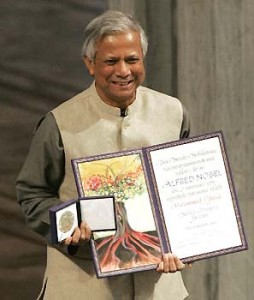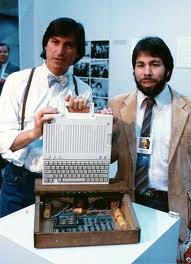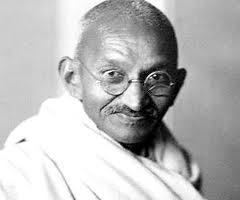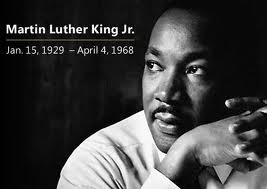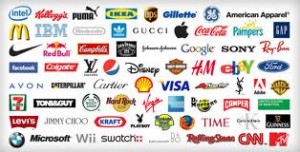How to Manage Conflict in Virtual Teams is the title of the business blog post by Keith Ferrazzi in the Harvard Business Review.The blog post talks about the conflicts that arise among teams mainly in workplace or any organization and how virtual teams are good and bad in handling these conflicts.
Conflict can be in the form of communication, structure and personal variables and it is almost a norm in any organization and it occurs through all levels of an organization. A conflict can either be functional, and help members improve its performance or it can be dysfunctional and hinder performance.
In this case, selecting a right type of team can help to avoid unnecessary conflict. Virtual team, a team using computer technology to tie together physically dispersed members to achieve a common goal and this type of team is becoming more common in organizations nowadays.
The good thing in virtual teams is that less conflict occurs within the team as members do not interact face-to-face and thus members are more focused with their work and there is less interpersonal issues involved. The conflicts are mainly task related which is absolutely healthy for structural and organizational reasons, like competition. Having said that, virtual teams can also face challenges like suffering from less social rapport and less direct interaction among members which leads to weak bonding between co-workers or members.
In this case, the organization should be mindful in choosing the right channel of communication to clearly communicate the organizational goals.The organization must create a virtual site as the team’s primary focal point and protect the privacy of the team.A “point person” should be assigned in the team to handle any conflict arising in the team. Besides that, when conflicts in virtual teams occur, the teams should diverge and converge – meaning that they work individually and brainstorm any problems and refer to the point person, and then get together as a team and solve the issues encountered.









